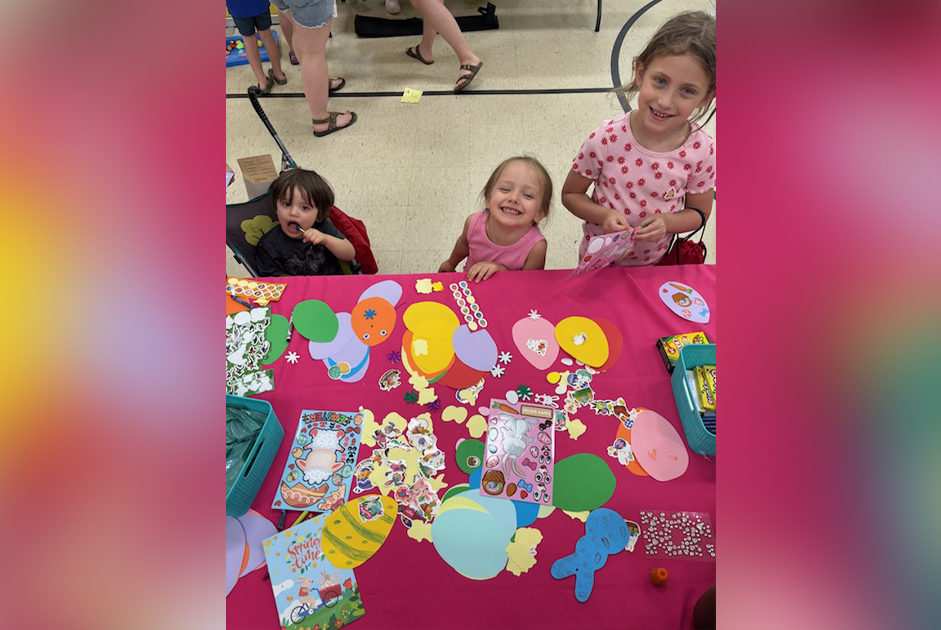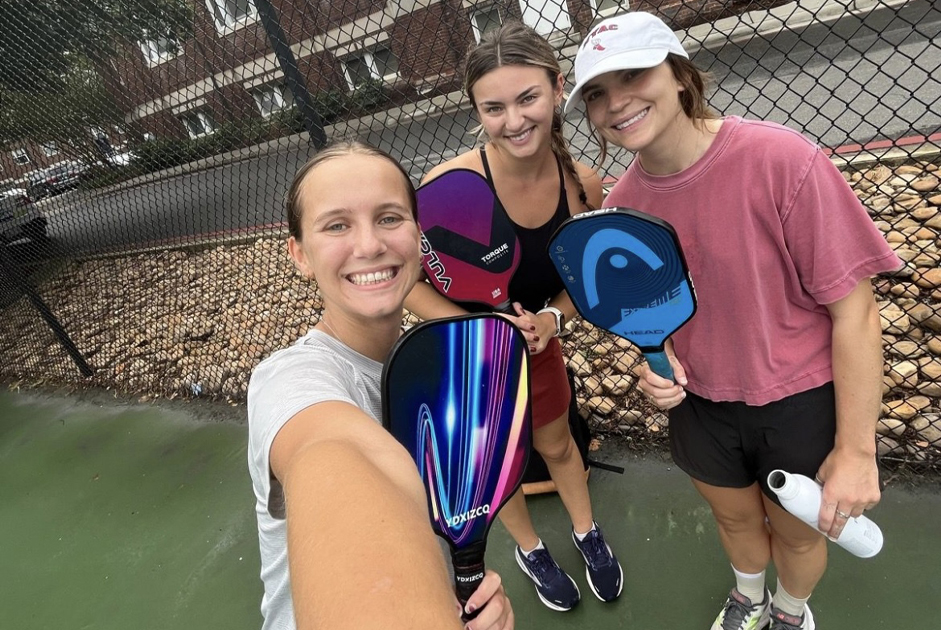Andragogy? Chances are, you may never even have heard of it. But if you teach, sell to, or speak to adults in any capacity—as a salesperson, educator, corporate trainer, or even as a Sunday school teacher—you’ll make a greater impact on your audience if you understand something about andragogy.
Andragogy is “the art and science of teaching adults.” It’s the “secret sauce” of getting your information to resonate with adults. Andragogy is different from pedagogy (“the art and science of teaching children”), because adults learn for different reasons than kids do. An understanding of andragogy can mean the difference between a presentation or lesson that really hits home and one that falls short.
Pedagogy Versus Andragogy: What’s the Difference?
- One basic difference between pedagogy and andragogy is the direction in which knowledge flows. In pedagogy, information flows in one direction: from the teacher to the student, in the classic didactic fashion. Thus, child learners must depend upon the teacher to lead the way. By contrast, adult learners are independent. That is, the learning process depends on the adult learners themselves. Effective teaching of adults allows for a two-way flow of knowledge, a cooperative learning exchange between student and teacher.
- Another big difference between pedagogy and andragogy is that child learning is focused on content.Adult learners are focused on problem-solving rather than on content. Child-focused subject matter is taught via a prescribed curriculum. Adults seek out a “curriculum” of useful, practical, real life information in hopes of bettering their lives. In other words, children learn what adults choose for them to learn; adults make their own decisions about what they need and want to learn.
How Adults Learn
Malcolm Knowles, an American theorist of andragogy, believed that adults learn best when they…
- Know the reason for learning something
- Have experience, including mistakes, that forms the basis for learning activities
- Take responsibility for their decisions on education and are involved in the planning and evaluation of their instruction
- See immediate relevance to their work and/or personal lives
- Center on problem solving rather than on content
- Are internally versus externally motivated
Let’s drill down on some of these ideas and compare them to pedagogy.
* Motivation. We know that child learners are mostly externally motivated. Kids must compete with classmates for grades and must pass tests before they can advance to the next learning level. They are also driven by the desire to avoid both the academic and parental consequences of failure.
Adult learners are internally motivated. When adults seek out opportunities to learn new skills or acquire more knowledge, it often translates to a better job, more recognition, or a better quality of life for themselves and their families. Other times, adult learning is driven by the desire to master a task that boosts their self-esteem, or makes life easier, or moves them toward something on their “bucket list.”
* Life Experience. Children bring to the classroom very little life experience upon which to build. Therefore, the teacher assumes full responsibility for both the subject matter and the manner in which it is taught. Adults, by contrast, bring vast life experience to the classroom, enabling them to be self-directed and responsible for their own learning experience.
* Choice. While child learners have little choice about the subject matter they must learn, it’s not that way for adults. Adults choose their learning opportunities based on their assessment of the gap between where they are now and where they want to be. Their mindset is practical: “Does this help me solve my problem? Can I use this information right now?” As equal partners in the learning process, adults evaluate what is helpful and relevant to their lives and what is not, and choose accordingly.
Tips for Success
Any time you speak to an audience of adults, keep these two andragogy-based ideas in mind:
- Adult learners are goal-oriented, practical, and looking for relevance. Craft your presentation or pitch to address the questions your adult learners will be asking: Why do I need to know this? How can this help solve my problem? Is this something I can use right now? If you weave the answers to these questions into your message, your audience will pay close attention.
- Adults need a welcoming learning environment, not a structured classroom. An informal, collaborative environment is more conducive to adult learning than a didactic, structured one. Invite your learners to join you in a “two-way, cooperative learning exchange” that is less focused on communicating content and more focused on practical problem solving.



















